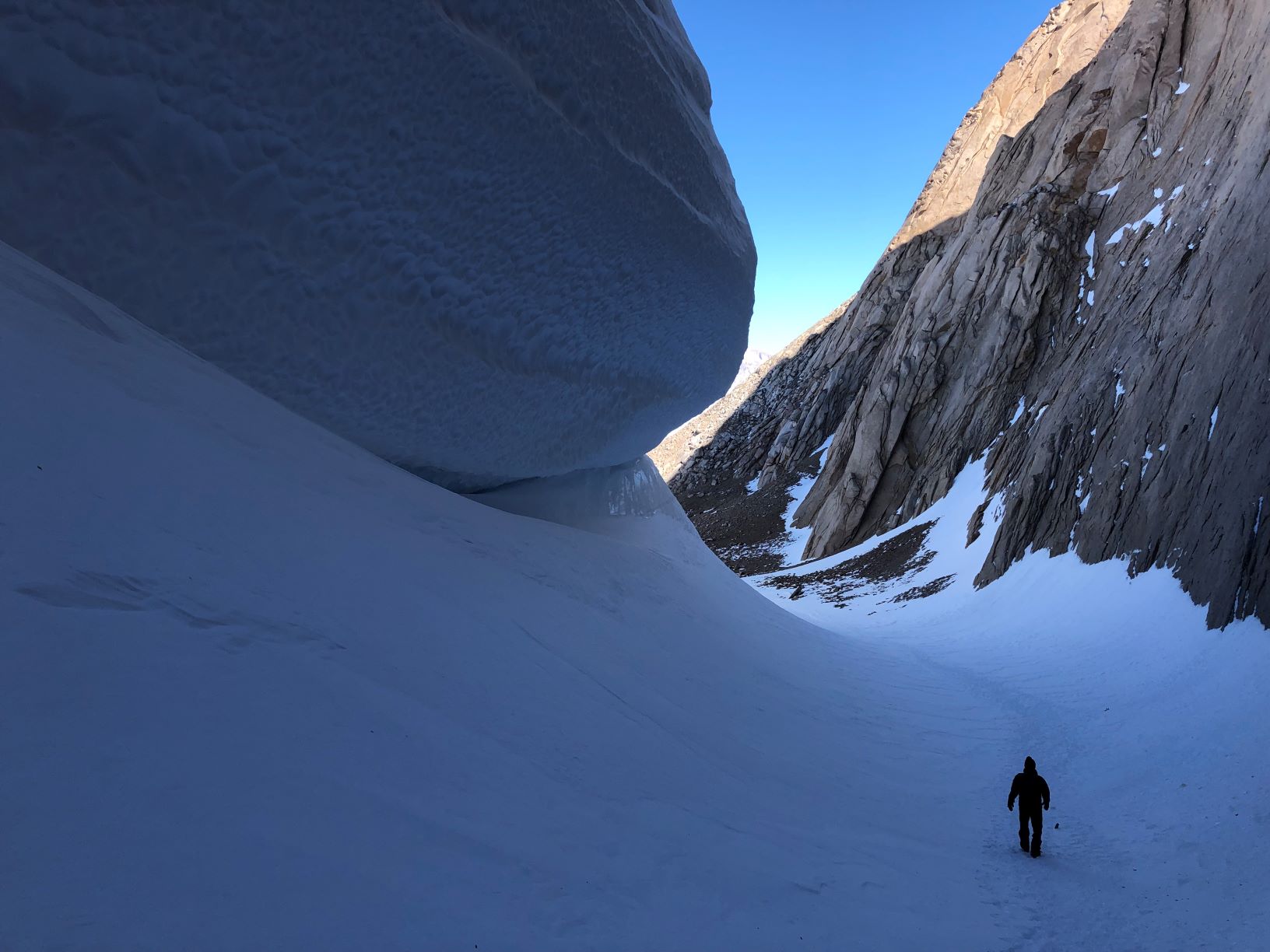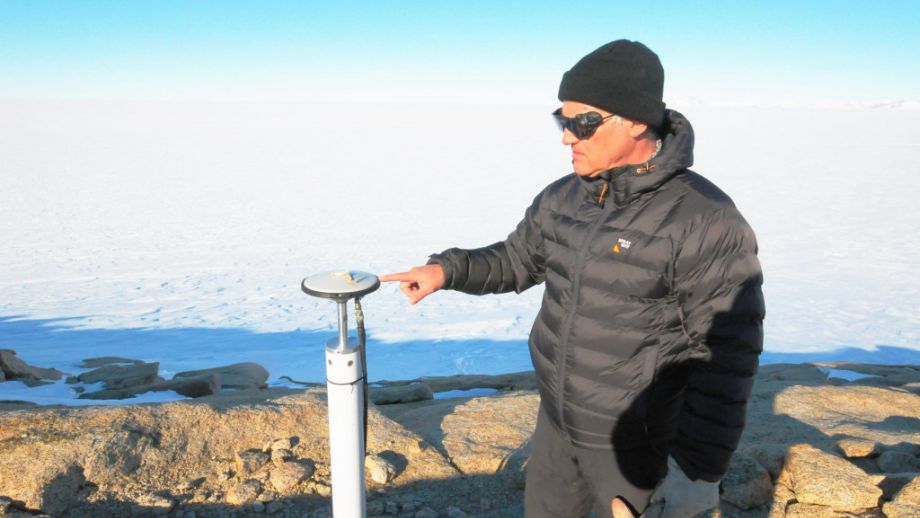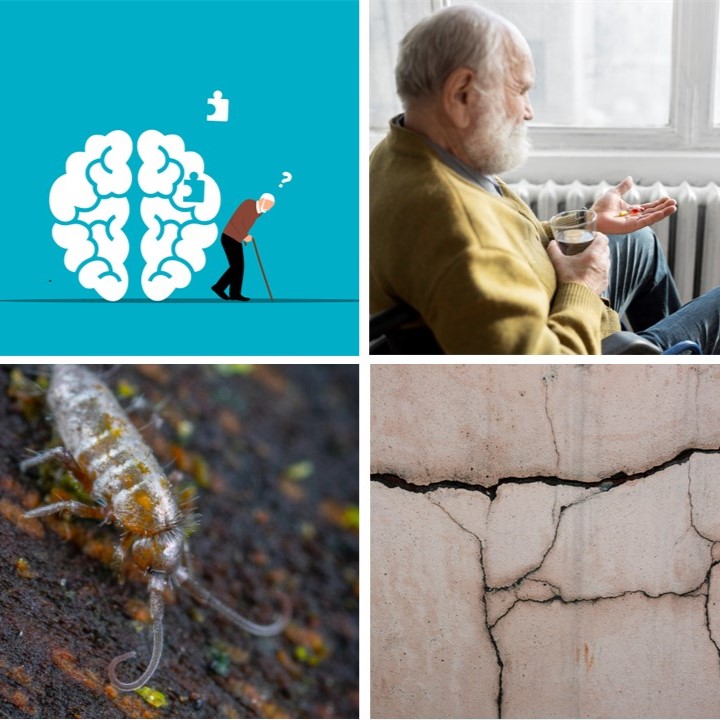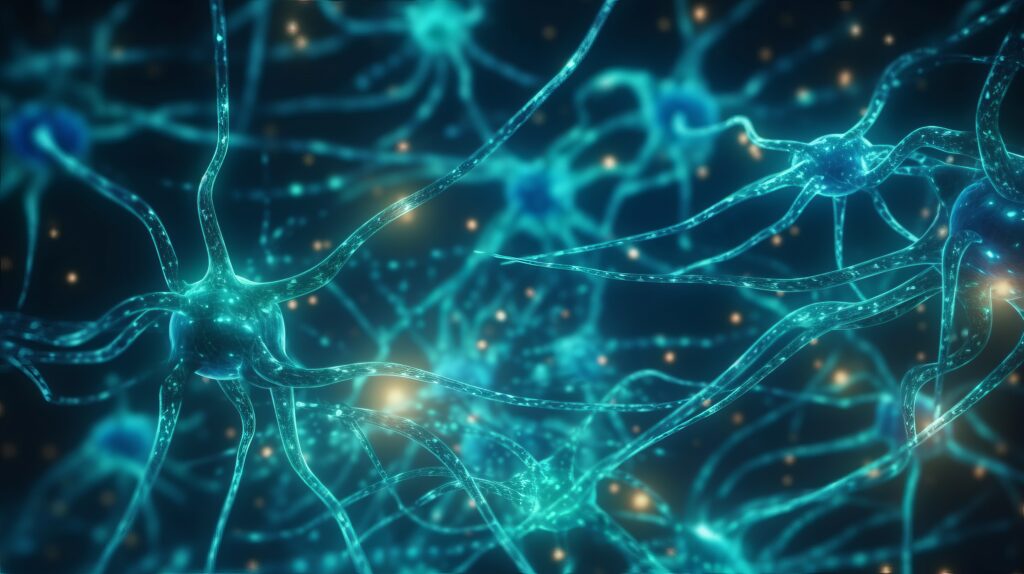Destination Antarctica
03 February 2022

Geodesy In ANTarctica.
The Geodesy In ANTarctica (GIANT) project aims to trace the horizontal and vertical deformation of the Earth’s surface and focuses on the relation between ice mass variation and crust deformation in Antarctica.
Olivier Francis, a Professor at the Faculty of Science, Technology and Communications, and Sajad Tabibi, a Research Scientist, both at the University of Luxembourg are part of the GIANT project in Antarctica.
They have recently traveled to Antarctica to track the mass balance of the Antarctic Ice Sheet in the zero emission scientific research station -Princess Elisabeth Antarctica.
Tracking the mass balance of the Antarctic ice sheet
Olivier Francis and Sajad Tabibi are working on the GIANT project – one of the longest running research projects of Princess Elisabeth Antarctica.
The project uses geodetic techniques, including gravity and GNSS observations, to track the mass balance of the Antarctic ice sheet. These measurements will provide a better understanding of how fast the Antarctic ice sheet is gaining or losing mass.
Combined with measurements from other parts of the white continent, they will help determine where the ice cap is gaining and losing mass. Since 90% of the world’s freshwater is contained in the Antarctic ice sheet, the rate at which the ice sheet loses mass to the oceans could determine how much sea level rise will occur in the coming years due to climate change.

© International Polar Foundation
On this mission, Olivier Francis and Sajad Tabibi plan to upgrade their equipment. Indeed, they will enhance the station’s Global Navigation Satellite Systems antenna and install another one at the abandoned Japanese station of Asuka. They also plan to repeat the absolute gravity measurements that the project has made intermittently over the past decade to determine whether or not snow accumulation on the region’s ice cap is permanent.










